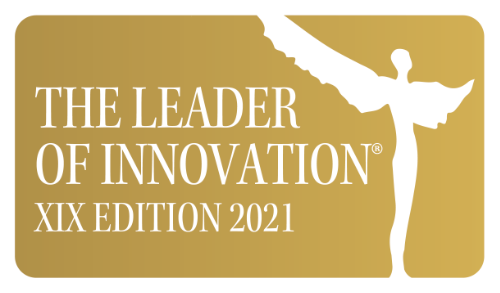Project title: Synthesis and spectroscopic studies of new water-soluble visible free-radical photoinitiators dedicated to obtaining microfabricated hydrogel structures as an extracellular matrix for 3D bioprinting
Principal investigator: MSc. Eng. Wiktoria Tomal
Obtained funds: 209 040 PLN
Project duration: Start day: 2021-01-18 – End day: 2024-01-17
Short description of the project:
The main purpose of this project is to synthesize high-performance, water-soluble single-component free radical photoinitiators showing absorption characteristics in the visible range, enabling them to be tailored to produce three-dimensional micro-fabricated hydrogel structures as an extracellular matrix for 3D bioprinting.
Due to the constant search for effective initiating systems which will be characterized by the highest possible solubility in water, as well as a good energetic compatibility with modern, pro-environmental light sources, such as Vis-LEDs, a research plan has been proposed to develop, study and test new free-radical photoinitiators. The most important research issues to be addressed in the proposed project include:
Primary research aimed at the experimental clarification of the above issues will not only contribute to a better understanding of the mechanisms of initiation of free-radical photoinitiators, but will also provide guidelines for the design of new, water-soluble, effective, visible initiators for free-radical polymerization. Thus, the development of new, Polish radical photoinitiators for free-radical photopolymerization of materials for biomedical applications and the knowledge of the properties of these compounds, their influence on the polymerization kinetics as well as the mechanism of action should significantly accelerate technological progress in this field.
The proposed project was designed to fill a research gap for water-soluble radical initiators that would effectively initiate visible light photopolymerization processes and, in addition, would not exhibit toxicity. The new photoinitiators would be effectively used to obtain microfabricated hydrogel structures as an extracellular matrix for 3D bioprinting.

Cracow University of Technology
Faculty of Chemical Engineering and Technology
Laboratory of Photochemistry and Optical Spectroscopy
Warszawska 24
31-155 Cracow
Poland
Joanna Ortyl, Prof., Ph.D., DSc.
tel.: +48 (12) 628 31 36
e-mail: jortyl@pk.edu.pl

Awarded for scientific and research activities that resulted in numerous publications, patents, utility models, invention projects and practical applications and industrial implementations, especially in the field of photochemistry – including photopolymerization processes in polymer systems and photochemical processes taking place in organic molecules. The award is a direct result of the TEAM TECH project co-financed by the Foundation for Polish Science.
Projekt i wdrożenie: Magic Studio